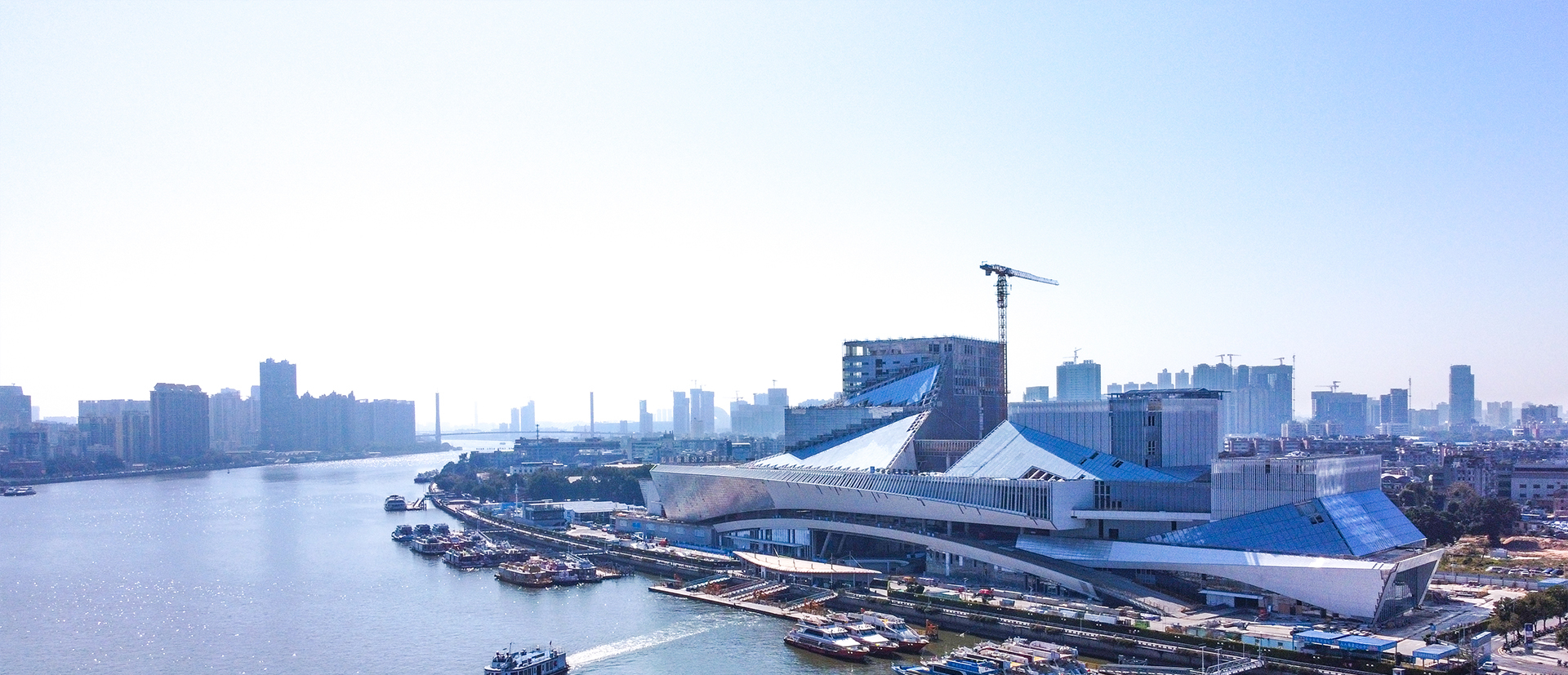
Location
Liwan District is located in the heart of Guangzhou City, bordering Yuexiu District, Baiyun District and Foshan City’s Nanhai District.
District Area
59.1 square kilometers
Population
1,129,600 permanent residents
GDP
121.5 billion RMB in 2022
Key Business Areas
Baietan Central Business Zone
Northern Liwan Cultural Entertainment Zone
Hailongwei Sci-tech Innovation Zone
Key Industries
Liwan has been a trade center since ancient times and is now upgrading its traditional business areas while developing new business areas and shopping complexes. Emerging industries including producer services, software and information services, and technology transformation services are rapidly developing. The district is accelerating its layout of the next-generation information technology industry and introducing enterprises in the digital industry.
Whole-sale markets
Liwan District has 233 specialized whole-sale markets covering 18 commodity categories. The markets for tea, footwear, clothing, Traditional Chinese Medicine herbs, jade, jewelry, flowers, ornaments, stationery, and plastics take the lead in China.
Culture and Tourism
Liwan District is a place where both Chinese and foreign cultures thrive. It is known as the starting place of the Maritime Silk Road in Guangzhou and the center of Lingnan culture.
Liwan District has a series of historical architecture and tourist attractions.
Chen Clan Academy (陈家祠) -- one of the national cultural relics with Lingnan architecture and decoration style;
Guangzhou Thirteen Hongs (广州十三行) -- the only foreign trading port in the Qing Dynasty;
Shamian (沙面) – a Chinese historical and cultural neighbourhood with European-style buildings;
Barwo Artists Association of Kwangtung (八和会馆) -- a Cantonese Opera Academy;
Jinlun Guild Hall (锦纶会馆) -- a museum showcasing the history of the first silk guild in China;
Hip Tung Wo Machinery Factory (协同和机械厂) -- the first diesel engine factory in China;
Nanfang Mansion (南方大厦) -- the earliest and the then largest department store in China;
White Swan Hotel (白天鹅宾馆) -- the first five-star hotel in China;
Shangxiajiu Pedestrian Street (上下九) -- the first commercial pedestrian street in Guangzhou;
Lychee Bay Scenic Area (荔枝湾) -- one of the Eight Ancient Sights of Guangzhou;
Qilou Street (骑楼街) -- an important symbol of Lingnan architecture.
Local Cuisine
Liwan is also the place to try authentic local food, such as Huang Shang Huang Cantonese sausage (皇上皇腊味), Quxiang pastries (趣香饼家), Nanxin double-skin milk pudding (南信双皮奶), Wuzhan Ji congee (伍湛记状元及第粥), Yin Ji steamed rice noodle roll (银记肠粉), and Shunji Bingshi coconut ice-cream (顺记冰室椰香雪糕) are popular nationwide. There are a lot of old and famous restaurants including Panxi Restaurant (泮溪酒家), Tao Tao Ju (陶陶居) and Lian Xiang Lou (莲香楼).
Transportation
Liwan District has a sophisticated transport network connecting with Guangzhou Railway Station, Baiyun International Airport, Jiaokou Coach Station, Fangcun Coach Station and Xinfeng Port. The district has 9 existing and planned urban metro lines including Metro Lines 1, 5, 6, 8, 11, 10, 13, 19, and the Guangfo Line.